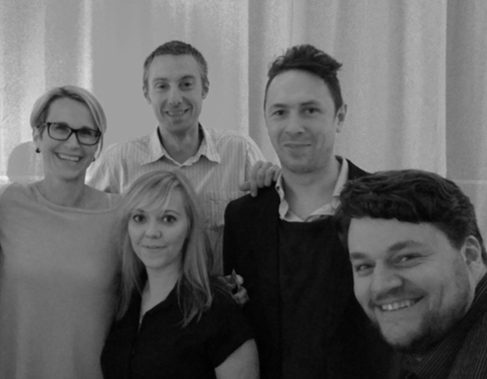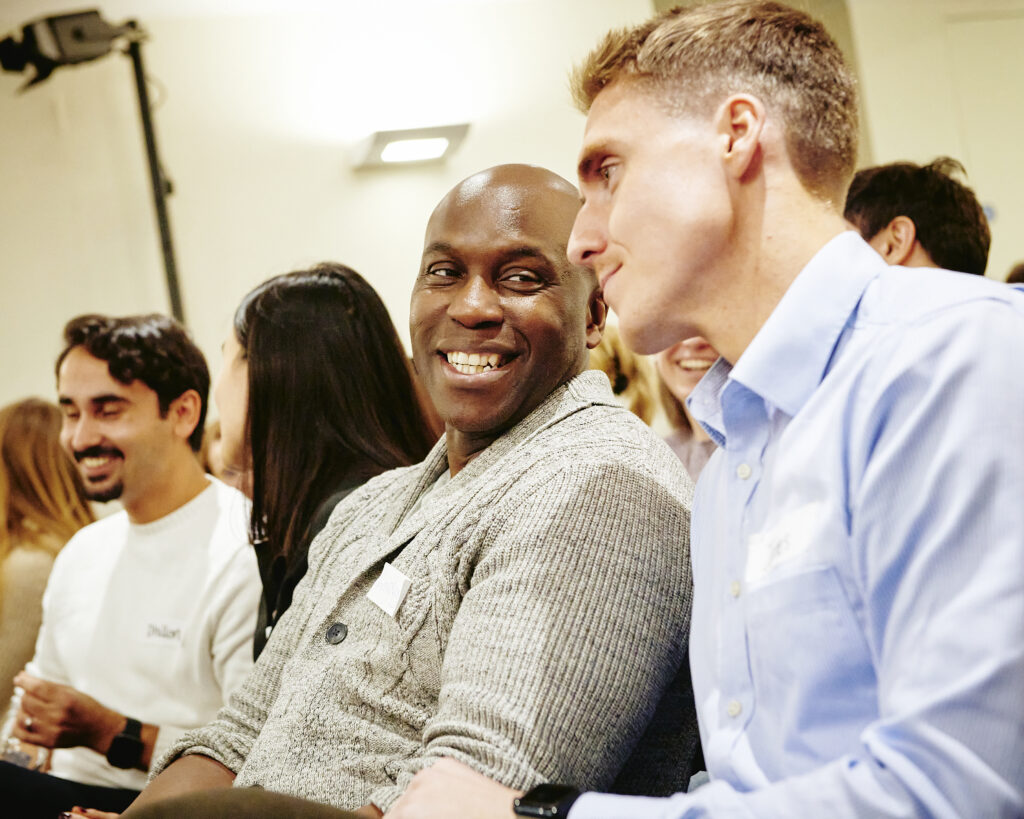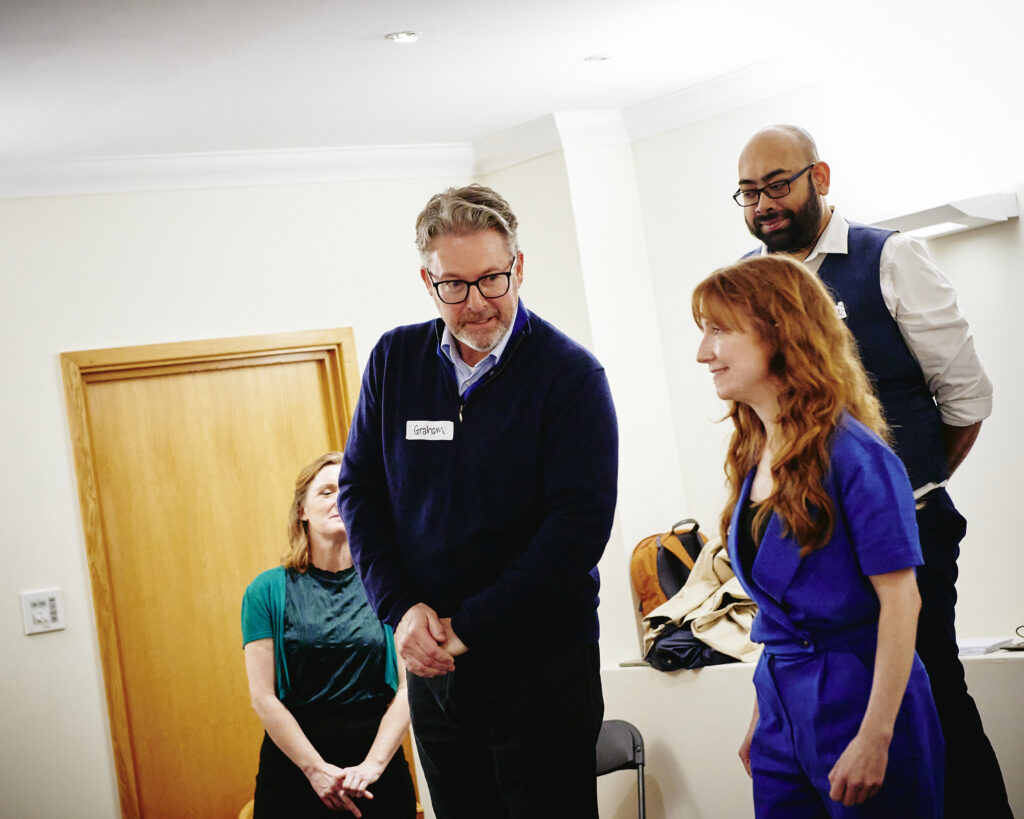Improv in the workplace
unlock your team’s potential with improv
A global network of trainers and performers
Modern workplaces demand agility, collaboration, and effective communication. Improv builds all these things, creating teams that laugh hard and work hard.
Our classes improve communication through active listening and clear expression. They promote resilience, openness to change and help improve problem-solving and decision-making under pressure.
From Harvard to Google, Unilever to Amazon, the business world is turning to improvisation for dynamic, engaging training. Let us help you transform your career, team or event through the power of improvisation.

“Brilliant, just brilliant.
Thank you for everything.”
Dame Emma Walmsley
CEO of GlaxoSmithKline

Organisations we work with…

concerned about the word ‘improv’?
Accessible classes with applicable skills
We understand that the idea of improv makes some people nervous. Some worry about being the centre of attention, some don’t think they are creative or funny and some like to have a plan. But don’t worry. Improvisation skills are for everyone and we are experts at making our classes low-pressure and enjoyable.
Our classes are not
- A competition
- About being funny
- A baptism of fire
- Only for extroverts and performers
- Scary
Our classes are
- Supportive and collaborative
- About collective creativity
- Paced to gradually increase challenge
- Full of widely applicable skills
- Fun

Already know what you need?
Find the right option for your team
Our classes range from punchy conference energisers to team cohesion programmes and even individual coaching. Choose from one of our popular programmes, or get in touch to discuss your needs.
Services we offer

memorable events
Conferences & Events
Bring your conferences and meetings to life with accessible energisers, thought-provoking keynotes, guided networking sessions and even bespoke shows.

happier teams
In-business support
Looking for a sustained cultural change? On-site improvisation classes create a team culture of cooperation and support through laughter and play.

instant connections
Online training and coaching
Our trainers were among the first to take improv training online and can make your video calls fresh, animated and engaging. Let us help you work better together, whatever the distance.

want to see how it feels?
Join one of our online sessions
You know what improv is and how it can benefit your team. But how does it feel? What do you actually do in an improv class? Find out at one of our monthly online sessions.
Resources and updates
-

Breaking Barriers: Women in Leadership
International Women’s Day is always a time for reflection, celebration, and renewed commitment to gender equality. This year, I had the privilege of attending a thought-provoking panel discussion at Brighton […]
-

Navigating Chaos with Improv: VUCA and BANI in Business
Navigating Chaos with Improv: VUCA and BANI in Business What do Improv, VUCA and BANI have in common? You’ve heard of VUCA, but have you heard of BANI? In fact, […]
-

Returning to the Office? Improv Can Help (And McKinsey Would Agree)
There is much talk at the moment around workers returning to the office. Some people love it, some people hate it, and a whole lot of people just don’t know […]
















